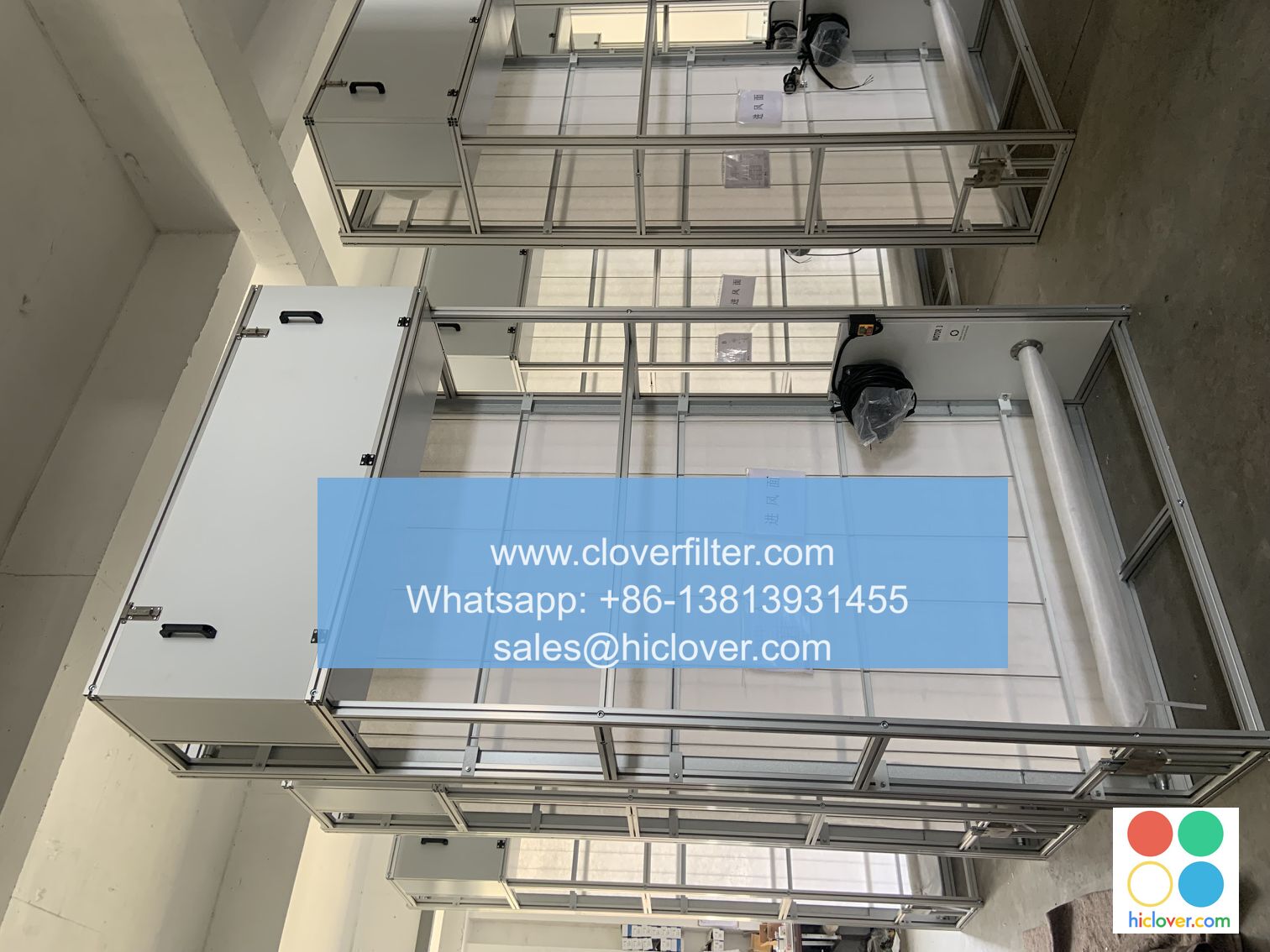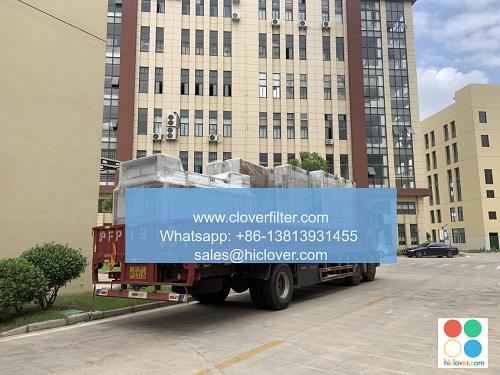Air Filter Groups: The Unsung Heroes of Indoor Air Quality

Air filter groups are a crucial component in maintaining good indoor air quality, playing a significant role in air purification systems and ventilation systems. These groups of filters work together to remove airborne contaminants, such as particulate matter, gases, and volatile organic compounds (VOCs), from the air, ensuring a healthier and more comfortable indoor environment.
Applications of Air Filter Groups
Air filter groups have a wide range of applications in various industries, including commercial HVAC systems, industrial air cleaning, and residential air purification. They are used in schools, hospitals, and office buildings to improve indoor air quality and reduce the spread of airborne diseases. Additionally, air filter groups are used in manufacturing facilities to remove harmful chemicals and particles from the air, creating a safer working environment for employees.
Types of Air Filter Groups
There are several types of air filter groups, each with its own unique characteristics and applications. Some of the most common types include:
* HEPA filter groups: Designed to capture 99.97% of particles as small as 0.3 microns, HEPA filter groups are commonly used in hospitals and cleanrooms where high-level air purification is required.
* Activated carbon filter groups: Used to remove gases and VOCs from the air, activated carbon filter groups are commonly used in industrial air cleaning and commercial HVAC systems.
* Pre-filter groups: Designed to capture larger particles and debris, pre-filter groups are used to protect more efficient filters downstream and improve overall system performance.
Benefits of Air Filter Groups
The use of air filter groups offers several benefits, including:
* Improved indoor air quality: By removing airborne contaminants, air filter groups create a healthier and more comfortable indoor environment.
* Increased energy efficiency: By reducing the amount of airborne contaminants, air filter groups can help reduce the energy required to heat and cool buildings.
* Extended equipment life: By protecting HVAC systems and other equipment from airborne contaminants, air filter groups can help extend their lifespan and reduce maintenance costs.
Best Practices for Maintaining Air Filter Groups
To ensure optimal performance and longevity, it is essential to follow best practices for maintaining air filter groups. These include:
* Regular maintenance: Regularly inspect and replace filters as needed to ensure optimal performance.
* Proper installation: Ensure that air filter groups are installed correctly to ensure optimal airflow and performance.
* Monitoring and testing: Regularly monitor and test air filter groups to ensure they are functioning correctly and meeting performance requirements.
In conclusion, air filter groups are a crucial component in maintaining good indoor air quality, and their applications are diverse and widespread. By understanding the different types of air filter groups and their benefits, individuals can make informed decisions about how to improve indoor air quality in their homes, schools, and workplaces. By following best practices for maintenance and installation, air filter groups can provide optimal performance and help create a healthier and more comfortable indoor environment. You haven’t provided a question or topic for me to address. Please provide more context or information so I can give you a helpful response. What would you like to talk about or ask?

